Today I am going to be talking about one of the most significant and rising Egyptian contemporary artists, Hossam Dirar. He was born in Cairo, Egypt in 1978, but now lives and works in Barcelona, Spain. Dirar obtained a BA in Fine Art Faculty of Applied Arts, Helwan University, Cairo (graduated with honors, best Graduation project amongst all entries).
He creates art in several ways including painting, video, sound, and installation art. In his work, he discusses many ideas such as cultural identity, gender roles, socio-economic problems, and politics.
Today I am going to focus on only two of his masterpieces. The first one is the installation called the Multiplug, and the second is a very rare, and one of the least famous paintings from the series about the Egyptian revolution in 2011 called happy new Egypt.
But first, let’s take a quick look at what does art represent to him and how he got into it.
Dirar takes inspiration from his home city, Cairo, where he was born and raised, along with his travels. His experiences have taught him to accept differences and remain open to them. Art is his way of expressing his view on life. Dirar believes that life is full of images, and he is trying to capture it through art on his canvas. He quotes: “Abstract is my keyword. Nature is my inspiration. Mind, shapes, and imaginations are my basic elements.”
So let’s start with the first artwork which is called Happy New Egypt. So first of all the title is taken from the famous saying “happy new year” but it was changed for Egypt. At that time, all Egyptians believed that after the revolution (rebirth), Egypt was going to become a new and better country. This painting that is made with oils on canvas clearly shows what he meant by “Abstract is my keyword”. From the first look, this painting seems to be a bunch of objects on top of each other that won’t make sense until you understand it.
When you look at it for a little while, the only thing you might see is chaos, it can get you confused. But, as an Egyptian who lived through these times, I know exactly what he meant and wanted to say. If we look at this painting from the right to left it basically explains the whole January revolution from the beginning and until the end. Starting with the revolution slogan that was yelled and shouted all over the country “Mubarak, Get out”.
Right under are the people standing tall and proud, waving their flag, fighting, and willing to sacrifice their lives for their country. Then the fire caused by the army fighting back and throwing the bombs on innocent citizens of Egypt while disagreeing and rejecting their demands. Using tanks to drive over the people and killing them, but still, the Egyptians are not losing their hope and continue to fight. The fight between the army and the nation is unstoppable. The government keeps putting the citizens’ houses on fire and killing more and more every day, but people are not going to stop until they reach their goal. The fire increases, as well as the red strokes that represent the amount of the dead bodies throughout the revolution. In the beginning, it started with a couple of red strokes, but towards the end, almost half of the painting painted in red, which shows the increase in the number of death from the start of the revolution until it ends.
The different colored strokes represent the confusion people were going through during this time. But then, he creates this cracked looking line that represents the end of the fight and the beginning of a new life. The Egyptian dream is finally coming true and been achieved. Anything after this line represents a new start which we are all are waiting for. The eagle of the Egyptian flag is finally flying up high from pride. The Egyptian people are back standing tall and proud, but this time, while completing their mission of forcing the president to leave, but still cannot forget about those, who sacrificed their lives for the nation and the new generations. He also uses text and writes the word “Nasr” which is the Arabic word for Victory.
He was capturing the moment without using photography, just like Impressionism.
This painting is so strong and powerful because just by looking at it, you can hear the loud cheering of the Egyptian people, and you can feel their anger and passion.
As written in principles of Egyptian art by Heinrich Schafer, “Egyptians loved visual impressions”, and Dirar definitely did this by grabbing our attention to all the different pieces of this painting, and using the visuals and the vibrant, vivid colors that make it look so real.
On the opposite hand, Dirar uses useless objects to create his installations.
The installation “multi-plug” is made out of “ready-mades and crass objects” as stated on Al Bareh art gallery website.
It shows his actual understanding of a country or nation after the January revolution. As he writes “ We all have different thoughts and beliefs,
but we all live in the same homeland.
What unites us is more than what separates us.
Our strength is in our differences.”
It sums up the dream of Egyptian people during the revolution, where we all knew we were not alike, and this is why he puts the different colored rugs and kind of threw the plugs around in a disorganized way. Each of this plugs has a different size and shape, some have colors and some are plain, and each one is facing a different way to show the diversity of people and how each one has their own personality and mind, and a way of life, but at the end, they all unite together towards one dream. He knows that each individual has their own strengths and weaknesses, but if we all hold each other, it will help our nation grow more, which is represented by how all of the plugs are connected to each other to light up and create something good and useful. And in the end, they all attached to one main plug, which is their main goal.
We all complete each other to help develop our home and make it a better place, regardless of our looks, age, or social status. What really matters is to help each other to light up the world around us. We are strong only when we are united.
Hossam Dirar uses abstract art in a unique way to create an original piece of art that combines the principle of an idea and emotion of my inner consciousness. And his knowledge. He wants the result of his originality, to be something you have never seen before. Each one experiences these new illustrations depending on his imagination, beliefs, and perspective in life. And that’s the beauty of Abstract art.
“Being different is thinking different. In my artwork everything is possible.”
This essay is written by a student
Justina Necola
Course is Art 114F at Fullerton College: Art History- impressionism to present
Professor Megan Debin
Project: Contemporary art in Egypt
To enquire about Hossam Dirar please contact us: info@jmartmanagement.com
Represented by JM Art Management
More info: jmartmanagement.com
Artist Hossam Dirar
Image credits: www.jmartmanagement.com
Happy New Egypt
Image credits: www.jmartmanagement.com
Multi-plug
Image credits: www.jmartmanagement.com
Multi-plug
Image credits: www.jmartmanagement.com
Artist Hossam Dirar
Image credits: www.jmartmanagement.com
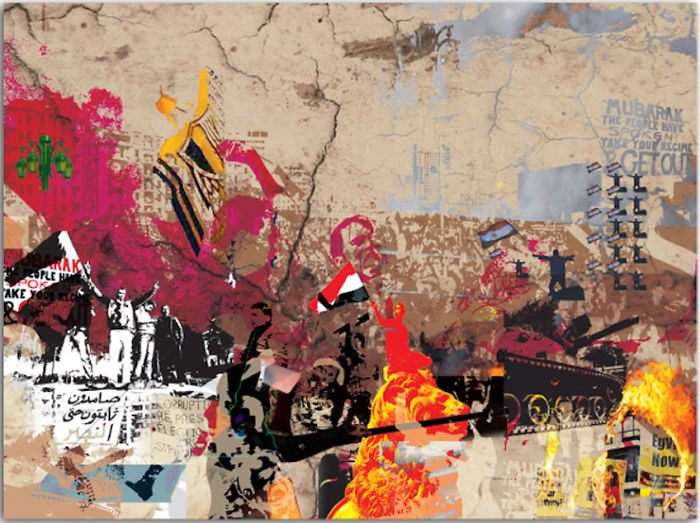
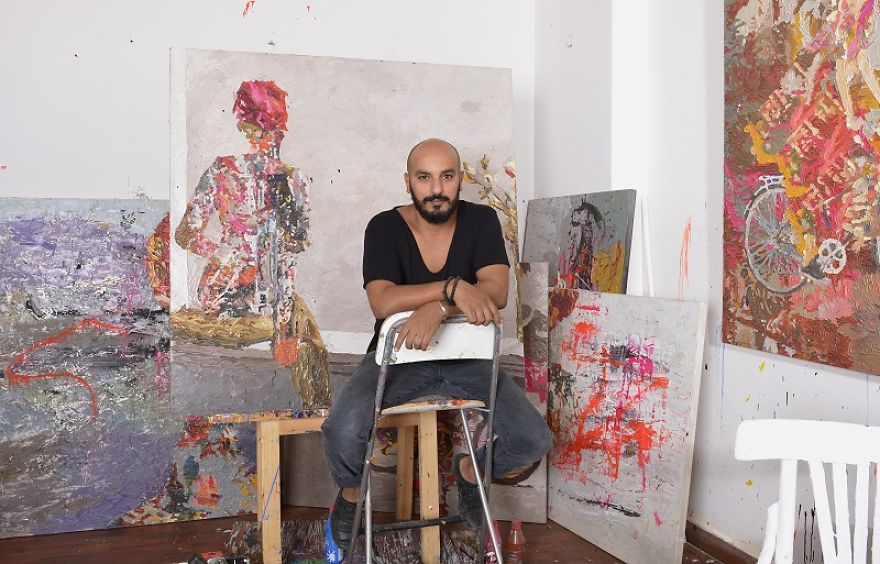
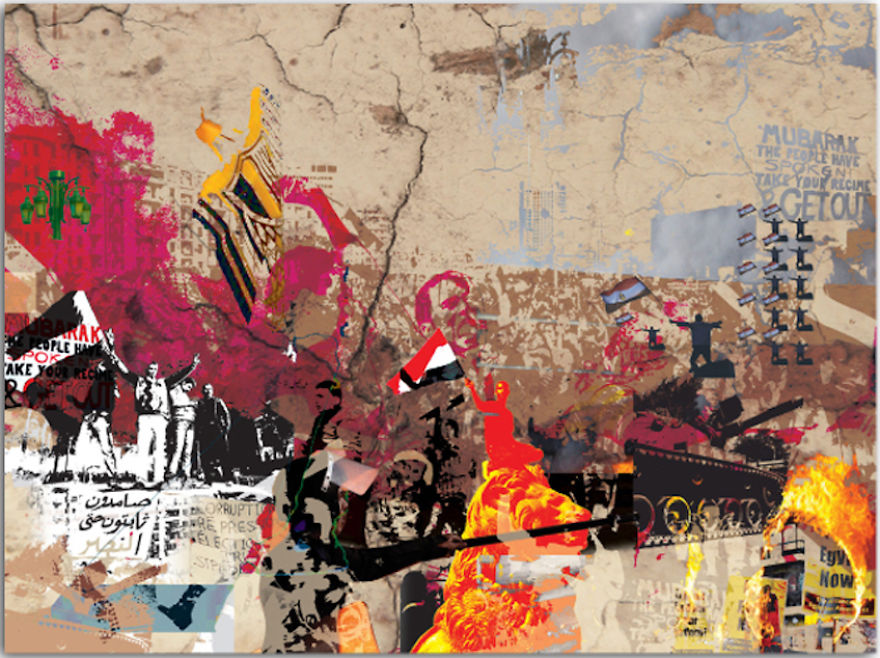
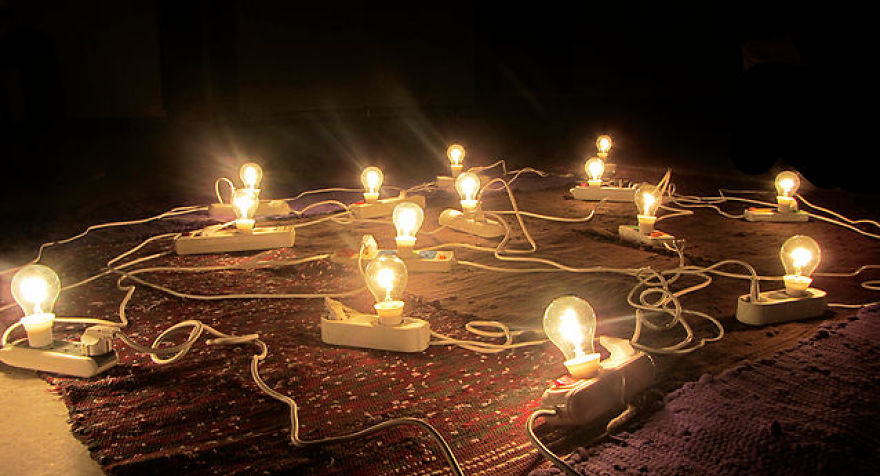
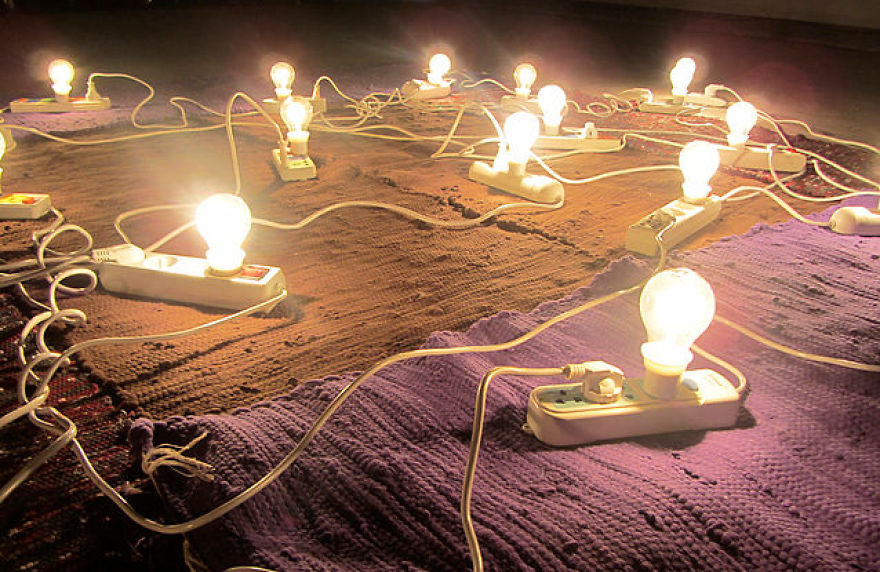
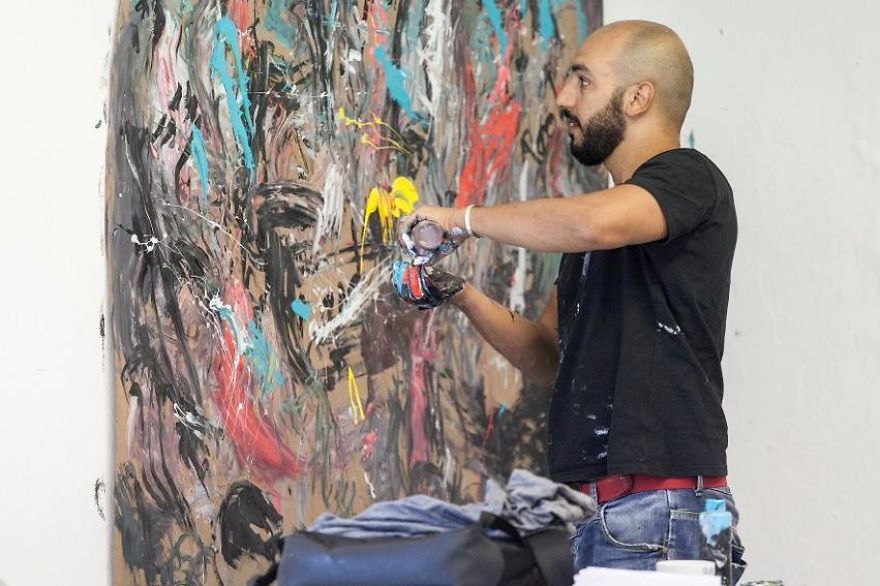
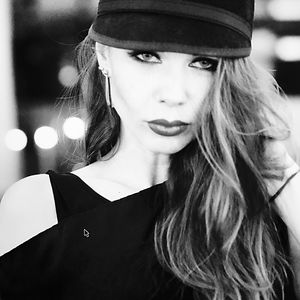


3
0